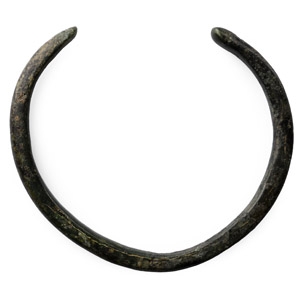Home > Auctions > 9 - 17 September 2025
Ancient Art, Antiquities, Books, Natural History & Coins
Ex German art market, 2000s.
Acquired from an EU collector living in London.
From the collection of a Surrey, UK, gentleman.
This lot is accompanied by an illustrated lot declaration signed by the Head of the Antiquities Department, Dr Raffaele D'Amato.
Acquired on the London art market in the late 1980s-1990s.
From the family collection of an East London, UK, gentleman.
This lot is accompanied by an illustrated lot declaration signed by the Head of the Antiquities Department, Dr Raffaele D'Amato.
From the London, UK, art market in the 1990s.
This lot is accompanied by an illustrated lot declaration signed by the Head of the Antiquities Department, Dr Raffaele D'Amato.
For example of similar yellow Roman beads see Then-Obluska, J., ‘Beads and pendants from the Hellenistic to early Byzantine Red Sea port of Berenike, Egypt, Seasons 2014 and 2015’ in Polish Archaeology in the Mediterranean, 27/1, 2018, pp.203–234, figs.8, 9b,10a,12b.
In the Roman period there was a strong formal and chromatic diversity of glass beads used for necklaces and bracelets. The most common beads in forms were small biconical (lenticular), barrel-shaped, spherical and annular; the most common colours were dark blue, followed by green and yellow. The succession of glass beads often imitates jewellery made of costly materials (gold, silver, semi-precious and precious stones).
From the London, UK, art market in the 1990s.
This lot is accompanied by an illustrated lot declaration signed by the Head of the Antiquities Department, Dr Raffaele D'Amato.
Cf. for similar necklaces in blue glass Johns, C., The Jewellery of Roman Britain, Celtic and Classical Traditions, London, 1996, p.100.
Such necklaces testify to the popularity of glass ornaments across the Roman Empire. Roman jewellery at first followed trends set by the Etruscans, using gold and glass beads, but with the extension of the Empire and the adoption of different styles from Greece, Egypt and North Africa, jewellery designs became increasingly various and elaborate. Each bead of this beautiful necklace is unique in shape, lustre and speckling, creating a mosaic like impression. Blue glass beads are distinguished by the scholars in opaque mid-blue and deep translucent cobalt blue
Acquired on the UK art market during the late 20th century.
From the private collection of David King (1940-2024), Hoddesdon, Hertfordshire, UK.
This lot is accompanied by an illustrated lot declaration signed by the Head of the Antiquities Department, Dr Raffaele D'Amato.
Cf. Tudor, D., Corpus Monumentorum Religionis Equitum Danuviorum (CMRED), II. The analysis and interpretation of the monuments, Leiden-Brill, 1976, for discussion and iconography; Aimone, M., Byzantine and Sasanian Silver, Enamels and Works of Art, London, 2020.
The complex iconography of the plaque relates to the pre-Christian religions of the Lower Danube region. It was concentrated on the figure of Sol Invictus, the sun god, who was often represented driving a quadriga. This cult came from the Near East but spread into the Roman Empire with imperial patronage; symbolism like this was part of the cult of Mithras that was found throughout the empire from Britain (a temple to Mithras can still be seen in the modern City of London) to its eastern coasts in the ancient colonies of Thracia and Dacia, Moesia, Pannonia and Dalmatia. The rest of the plaque shows worshippers (probably the donors of the votive plaque) who are preparing the offering meal, while the riders on horseback, the divine twins Castor and Pollux, evoke the cult of the Danubian rider. Their sister Helen of Troy stands at an altar of Sol like a priestess, representing fertility. As suggested by Aimone, the presence of the two horsemen seems suggest a military context, a connection underlined by the presence of the fully armoured soldier at the left. This iconography was very popular in the Roman Empire and lasted until the 4th century A.D., being also the subject of other artworks, like the fabulous tray in the recently published Wyvern collection (Aimone, 2020, pp.95ff.).
Found near Ragby, Lincolnshire, UK
This lot is accompanied by an illustrated lot declaration signed by the Head of the Antiquities Department, Dr Raffaele D'Amato.
Cf. similar example with tetragammata crux in PAS KENT-FEA94D, Guiraud type 5e.
Rotary type ring-keys are recorded from excavations in Colchester and associated with small boxes and caskets of personal possessions, rather than doors or cupboards.
From the private collection of a Canadian gentleman living in Essex, UK, formed since the 1920s-circa 1990.
Property of an Essex lady until the late 1990s; thence by descent.
From the private collection of an Essex gentleman since the late 1990s.
This lot is accompanied by an illustrated lot declaration signed by the Head of the Antiquities Department, Dr Raffaele D'Amato.
Cf. Perrin, J.R., The Archaeology of York, The Pottery 16/4, Roman Pottery from Colonia:2, York, 1990, fig.111, no.1188, for similar.
A wide range of types, dates and origins of amphorae excavated demonstrate the extensive and changing trading contacts between the centres of the Roman Empire. For example, the vessels from sites excavated by the Trust in different areas of Roman York, comprise one almost complete amphora, some 200 rims, handles and spikes and numerous body sherds, witnessing a wide rage of commercial movement between Roman Hispania, Germania and Britannia.
From the collection of a late Japanese collector, 1970s.
This lot is accompanied by an illustrated lot declaration signed by the Head of the Antiquities Department, Dr Raffaele D'Amato.
For examples of similar pendants in gold and garnet for earrings see Adams, D.N., Late Antique, Migration period and Early Byzantine Garnet Cloisonné ornaments, origin, styles and workshop production, vol.I, text and catalogue, London, 1991, comparative pl.4, nos.1-2.
The object reflect Late Antique/Early Eastern Roman decorative and manufacturing traditions. Flat garnet plates originate with one class of ring-stone intaglios from the Late Hellenistic and Imperial Roman periods, but developed especially in the 4th-6th century, where they preserved the Romano-Greco traditions with the influence of Sassanian and Pontic peoples. They were used for jewellery, weaponry and decorative expensive objects.
Acquired on the UK art market.
Property of an East Anglia private collector.
This lot is accompanied by an illustrated lot declaration signed by the Head of the Antiquities Department, Dr Raffaele D'Amato.
Ex German art market, 2000s.
Acquired from an EU collector living in London.
From the collection of a Surrey, UK, gentleman.
This lot is accompanied by an illustrated lot declaration signed by the Head of the Antiquities Department, Dr Raffaele D'Amato.
Ex German art market, 2000s.
Acquired from an EU collector living in London.
From the collection of a Surrey, UK, gentleman.
This lot is accompanied by an illustrated lot declaration signed by the Head of the Antiquities Department, Dr Raffaele D'Amato.
Acquired on the UK art market during the late 20th century.
From the private collection of David King (1940-2024), Hoddesdon, Hertfordshire, UK.
This lot is accompanied by an illustrated lot declaration signed by the Head of the Antiquities Department, Dr Raffaele D'Amato.
517 - 528 of 3897 LOTS

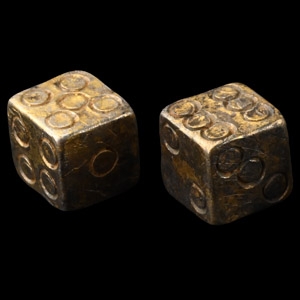
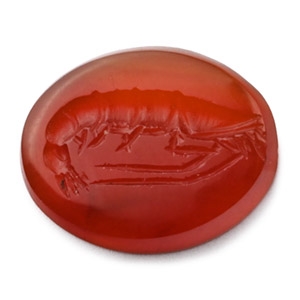

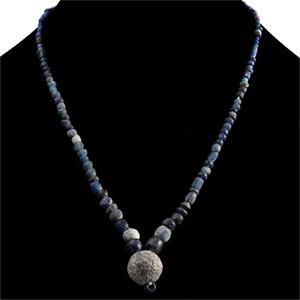

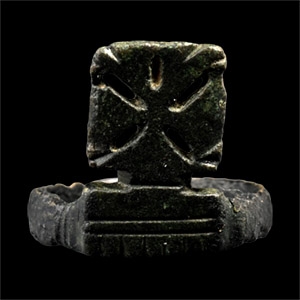
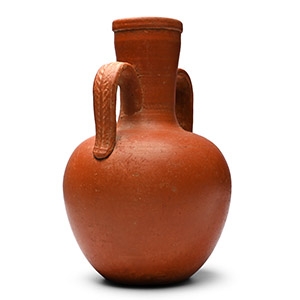
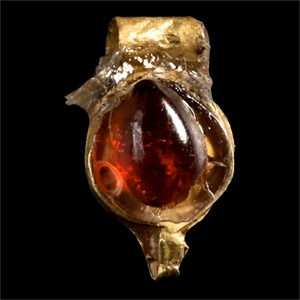
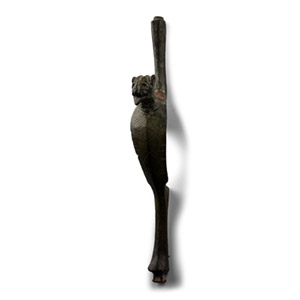
.jpg)
